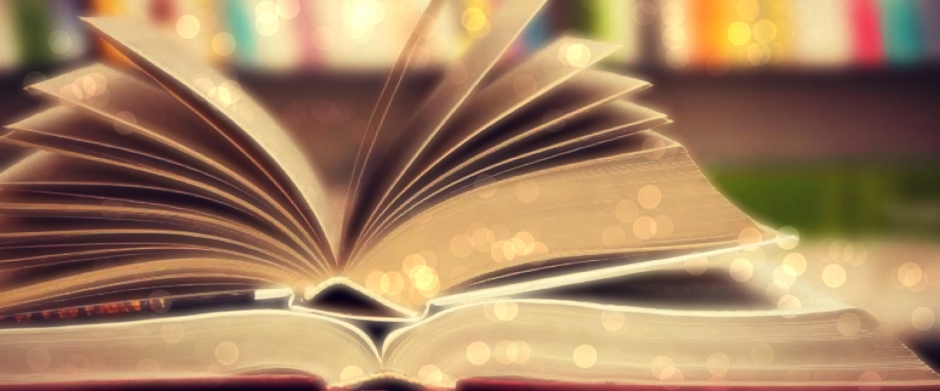There are, in this world, five books that I dearly love. Five poetry books that have shaped me, changed me and helped me become a better, more visually observant writer. These are the writers I’ve admired for many years … all different in their own right, most from the 50’s, and all with a particular flair with words in some unusual way.
Meet my five favorite poets.

Elizabeth Bishops “North & South” : This one is first because I’ve had it the longest. Elizabeth Bishop sends her readers on a Mr. Toads Wild Ride of vivid imagery and whimsical tales! My Aunt Lila introduced me to Elizabeth Bishop when I was a teenager and it was her poem “The Fish” that hooked me (pardon the pun). “The Fish” reminded me immediately of a child’s reenactment of “Moby Dick” and it was impossible not to continue this incredible collection of simple and colorful poems! And there are so many that I adore: “Roosters”, “The Gentleman of Shalott” and “Man Moth” … and the list would go on and on! It makes me wish I were related to her! She seems like one of those people you feel like you’d call Aunt Lisabeth.

“Selected Poems” by Stanley Kunitz: So this was my Dads book and he really admired Kunitz. I had picked it up when my Dad was living and wondered how much Mr. Kunitz was paying my Dad to keep that ridiculous book in the house. After my Dad passed away, I just happened to flip through it and a particular poem demanded my full attention. It was his poem “The Portrait” … a poignant memory about a slap his mother gave him as a child. In his 64th year, he could still feel it in his cheek. But there were other less sad under-tales and they are goodies! He writes of romance and simple memories so beautifully, you almost feel as if you’re intruding on his moment. LOVE this book!

“Complete Poems” by Carl Sandburg: If you loved eating more than anything, imagine, if you will sitting down to a table piled so high with food you couldn’t see what was on top or on the bottom! This is how this book is … six hundred and seventy-six pages of pure beautiful Carl Sandburg poetry that is enough to satisfy your craving for poetry for months! If you’re a bit like me and you love a history lesson scattered around in your poetry, Sandburg will never disappoint. At times you think he’s writing an inaugural address in verse, and other time you think perhaps he’s just in the mood to tell you a thing or two about Abraham Lincoln you didn’t know, and then he just surprises you with a fog walking in on cat feet! The man is a genius whether he’s writing for kids or grownups, it’s all absolutely unforgettable!

“The Collected Poems” by Wallace Stevens: He’s the wild card in my list, but on my list of favorite poets. He is the most aristocratic and high-falluting of most of the poets … he’s hard to read … you find yourself having to re-read lines before you can elevate yourself to his high-thinking and finally get the meat of what the devil he’s talking about, but once you get it, you just want to cry. Yeah, he’s that amazing. He uses multi-syllable words I’ve scarcely heard of like I toss around pronouns. In my favorite piece, “Final Soliloquy of the Interior Paramour” (yeah, don’t try to guess where he’s going with that title), he invites you into a corner of his imagination and have a look at his thoughts on God. HIGHLY moving, captivating and a spark of romantic verbiage, Wallace Stevens brings my imagination to life, and that’s what I love most about poetry. If a poet can do that, then they’re accomplished in my eyes.

“Living Above the Frost Line” by Nancy Simpson: Saving the best for last. This is a book by my Mountain Mother and I’ve loved all her books equally, but this book is my favorite. With gentle echos of Elizabeth Bishop (a poet who’s style she greatly admired), her writing is a timeless as the Blue Ridge mountains and the poems roll out of her pen like a free-flowing fountain. I’ve sat in front of her and watched her compose … how she would look out her window, then down on paper, tap her pen a few times in the margin, and then start writing so quickly it was as if she were chasing the thought and catching it on paper. She was a word genius, who had a flair for describing the things she observed so vividly you could envision a pink pantsuit walking out the door, or leaves on the ground turning into a flock or wrens. I carry this book with me everywhere and no matter how many times I read it, I always find some new little discovery that I missed the first hundred times I read it.
